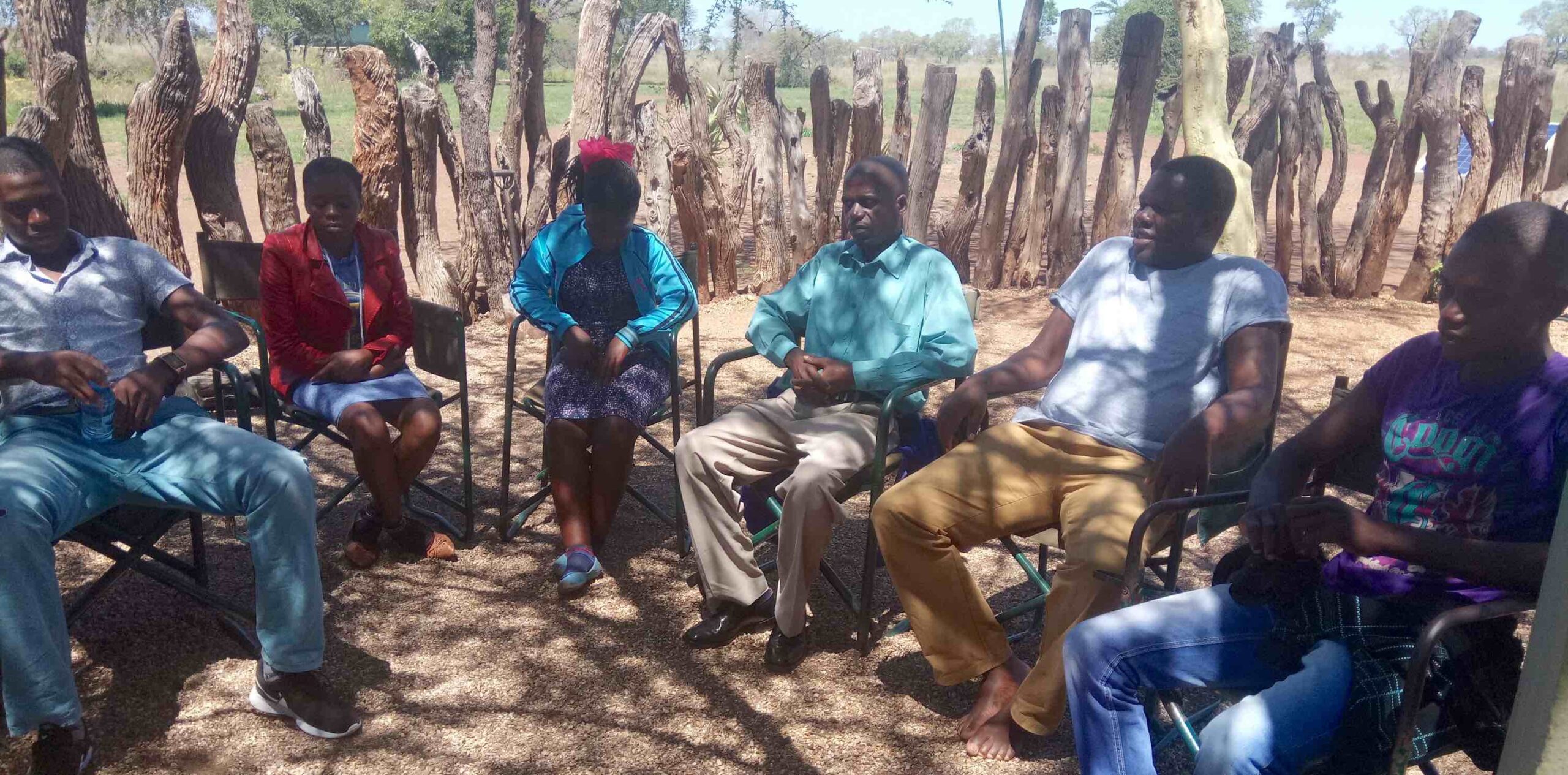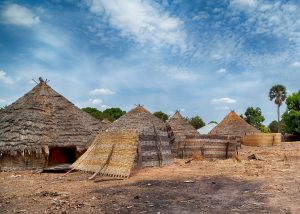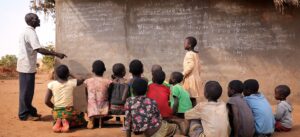Mozambique study: Rules about wildlife are more important than benefits from wildlife
Human-wildlife conflict is often seen as a balancing act between the costs and benefits of living with wildlife. According to this thinking, if people lose more livestock or crops than the money they receive from wildlife-based industries (e.g. tourism and/or hunting), then they are unlikely to tolerate or want wild animals in their area. A survey of rural communities living near a private protected area – Sabie Game Park – in southern Mozambique challenges this simplistic cost-benefit approach.
Established in 2000, Sabie Game Park is a relatively new privately run protected area on the Mozambican side of the border between Mozambique and South Africa, along the eastern boundary of Kruger National Park. In order to establish the park, some communities were moved onto adjacent land and a fence was erected.
Although Sabie is fenced, many animals cross fences either by digging under them (e.g. predators) or breaking right through them (e.g. elephants). Consequently, communities next to Sabie experience conflict with wild animals, populations of which are increasing due to reintroductions and other management interventions by the Park. Reduced access to resources in the Park because of the fence and increased human-wildlife conflict are therefore among the costs that these communities bear related to the presence of wildlife.
On the benefits side, communities are entitled to 20% of the fees paid by Sabie Game Park to the government, in accordance with Mozambican law. Sabie’s income is currently generated through trophy hunting. The Park also employs people from the local communities and delivers meat generated from hunting to their villages.
In 2013, the neighbouring Mangalane community – assisted by WWF-South Africa – established a local institution to implement community-based natural resource management (CBNRM) to ensure that benefits from the Park are shared equitably according to locally determined rules. Each of the five villages within this area hold their own meetings to decide what to do with the income they receive from Sabie.
While Mozambique has a unique history that includes Portuguese colonialism followed by a protracted civil war, the conditions under which Sabie was established and the current levels of human-wildlife conflict experienced by neighbouring communities are not unique. The concept of CBNRM is also implemented in many African countries. Consequently, the lessons learned from a study lead by Leandra Merz and a team from the Universities of Florida and Georgia plus Resource Africa’s Dr Shylock Muyengwa (who conducted the survey) helps us to understand the nature of human-wildlife conflict in Africa more broadly.
The survey included 237 respondents from households in all of the villages within the Mangalane community. They were all asked one key question: “Do you think it is important to have wildlife in your area?”. Whether they answered this question positively or negatively was compared with their answers to questions about the human-wildlife conflict they experienced, what benefits they received from Sabie, and whether they agreed with the rules set under CBNRM, among others.

Although only 26% of the respondents reported receiving some benefits (e.g. jobs, money, meat), 61% said that wildlife was important. Those who did receive benefits were four times more likely to say that wildlife are important to them than those reporting no benefits. Surprisingly, perceived importance of wildlife was not affected by the costs relating to human-wildlife conflict that the interviewee personally experienced. Instead, the study found that people who agreed with the rules established through CBNRM were 30 times more likely to see wildlife as important than those who did not.
These results indicate that narrowly focusing on the costs and benefits of wildlife is less likely to reduce human-wildlife conflict than establishing strong community-based organisations that make decisions about wildlife and its benefits. Given the colonial history of Africa, whereby people were barred from using natural resources that they consider to be part of their cultural heritage, restoring these rights clearly has an outsized impact on perceptions of wildlife.
African governments would do well to take note of these results, since many human-wildlife conflict policies focus heavily on technical fixes such as removing problem animals or paying for damages incurred. Unfortunately, incidents of conflict often go without resolution because government officials cannot reach the affected area on time or do not have the funds to help the affected families. Empowering communities to respond to conflict themselves rather than waiting for external support could be a game-changer.
What does this mean? Since human-wildlife conflict is a complex problem, empowering communities to respond could take many different forms. The basic principle is that communities need to be closely involved in making decisions about how to manage wildlife, including addressing the costs and using the benefits associated with it. Government authorities may resist granting local people decision-making power due to the perception that people would eradicate wildlife if they had the chance. Yet the finding that most people see wildlife as important even if they don’t benefit from it indicates that communities can be trusted to make decisions about their wildlife.
While reducing the costs of conflict may not affect the importance that people attach to wildlife, these costs severely compromise livelihoods and food security. Consequently, more effort is needed to reduce the occurrence of conflict using community-led decision-making processes. Methods for reducing losses are often present in some form already, as communities have tried many different ideas to protect their livestock or crops. Support can therefore focus on upgrading these methods (e.g. by adding chilli-soaked rags to fences around crops, or strengthening livestock enclosures) rather than introducing completely new ideas.
Benefits from wildlife after so many years of only bearing the costs are welcomed by rural communities like Mangalane in Mozambique. The story of people and wildlife is not all about money and other benefits, however. Despite the high costs and few benefits received, most community members still see wildlife as important – especially if they feel like their views are respected and that they have a say in management decisions.
Sabie Game Park engages with the Mangalane community to reach agreements and sometimes compromises that improve their relationship. These respectful engagements based on an attitude of working together rather than treating communities as ‘enemies’ are critical to the long-term success of this protected area and many others.
Conservationists in the private and public sectors should focus on how wildlife is managed with communities, rather than fixating solely on technical solutions. Strong community institutions that are fairly governed and locally supported are needed before human-wildlife conflict can be tackled effectively.



